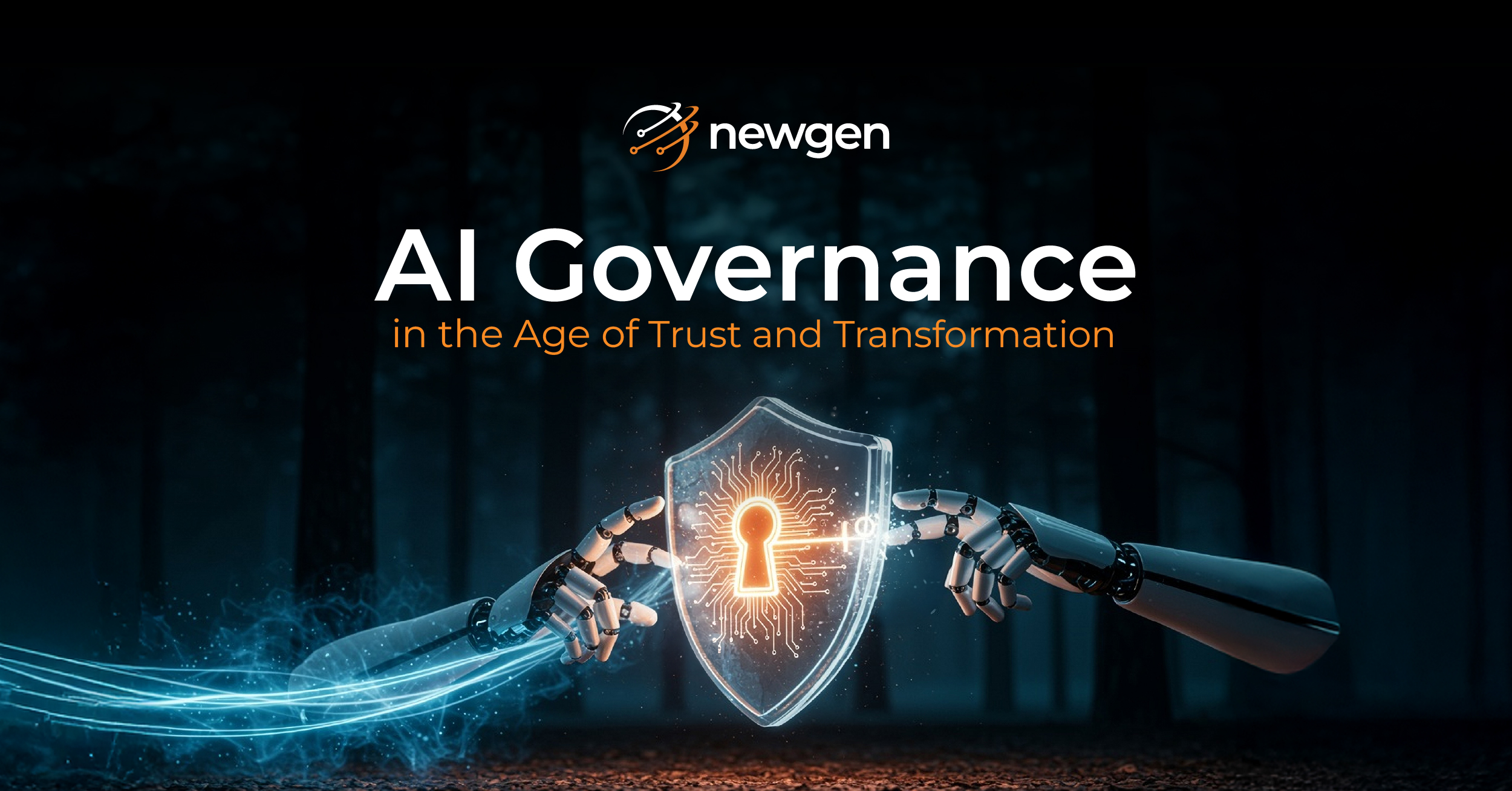Electronic Records Management is an important initiative undertaken by any organization and has been a priority for both public and private sector organizations for a long time. But, despite well established operating procedures and several options available in the market, organizations are still struggling to outline an effective electronic records management strategy that can sustain for at least a decade and ensure successful implementation of an Electronic Records Management system (EDRMS).
Well, there is no easy answer to this problem. However, if one understands business needs and creates a records management strategy taking future requirements into consideration, it can lead to a successful record management initiative that would serve an organization for a longer period of time.
So with my experience of implementing and overseeing large and complex records management implementations, here are some insights and key suggestions that can help you overcome major roadblocks.
See the Bigger Picture
Record Management Systems, sometimes, are implemented as an initiative of a local team trying to solve their departmental problems. In such cases, organizations misses an opportunity to lay a strong foundation for an organization-wide record management implementation and limits itself merely to a local system which does not suffice in the long run. Such system soon becomes inadequate and obsolete. So, don’t let too much focus on your current pain areas result in an inadequate blueprint. The bigger picture blueprint should include:
- Centralized Records management policies -This is the heart of a robust RMS and system should offer support for- defining taxonomies, record numbering schemes, retention & disposition policies, off-lining policies, data transfer schemes to National Archive etc.
- End-to-end content management – The focus of your strategy should be on managing complete lifecycle from capture, processing to archival of all content types such as – paper records, emails, scanned copies, social media content etc.
- Integration with other enterprise & workgroup systems (especially email)
- Compliance with various security policies
To ensure that you are on the right track, you can use certain certification guidelines such as DOD 5015.2, VERS and MOREQ. Out of these, DOD 5015.2 is the most comprehensive and dependable. Also, certified RMS software products available in market, greatly de-risks your implementation by providing comprehensive and compliant features.
What to opt for – bespoke or force-fit system?
As a part of your implementation strategy, going for detailed customization is not an option. There is no point, indulging in some complex software development when good options are readily available for use. The question is how to implement a good product effectively. Depending on varying business needs, specific customizations may be required in the system. So while implementing, one should look out for:
- Storage Management – A good RMS product should offer a customizable framework and options for physical record management as per organization warehouse layout (if physical records are managed in-house).
- Scalability – system should be scalable to any other unique process in the organization
- Bar-Code/RFID integration
The key point here is that your RMS strategy should be a good blend of – a robust product with customizable framework, so that it’s a perfect fit for your business needs.
Managing complexity v/s ease-of-use tradeoff
With all due-diligence and consideration of the above points, it may still lead to low adoption as solution is expected to be a complex one. An easy-to-use records management system and comprehensive records management system are considered as two separate ends of a spectrum, as regulatory compliances demand a lot of sophisticated and complex rules/options to be setup. Most of the organizations take it as a training and hand-holding issue and believe that over a period of time users will get used to working on a complex screen. Well, this is a lethal mistake to make instead managing this trade-off should be part of your strategy
Some suggestions to make a comprehensive and easy-to-use records management system a success:
- Have a separate desktop for day-to-day operations & policy/record administration – Setting up policies and administering them needs complex and detailed features such as – configuring taxonomy, retention rules, managing disposition etc. But these activities are periodic in nature and end users may not even need to access such complex functionality. What an end user requires is a desktop with common functionalities like searching a record, digitally using it, requesting hard copy etc. Even Record Managers, can perform operations like filing, managing request and notifications on much simpler interface. With a separate system, you also ensure more security as full policy desktop would be owned by Record Administrator only.
- Use case based mobile app – Mobility is set to disrupt some traditional ways of record management. Record capture and quick filing through mobile, quick access and action on a request and stock tracking though mobile using barcodes are some examples that will set the pace for implementation and offer convenience to users.
- Intelligent filing suggestions – Auto-suggestions based on context information available within a document would simplify record filing.
- Planning for more use cases Look for more such options in your use case.
Strategize for riding technology led changes
We have witnessed the email era; when email took over business communications and it demanded our record systems to change. Record management systems struggled to adapt and manage the new and different kind of content format with attachment, body, index and threaded communication. It took a long time for vendors to cope with this new advent and many locally developed system could not match the speed, hence, vanished.
Today, Social Media content poses the same threat. It is again a different format type that government organizations need to track and record in their Record Management System. This new content type has emerged as both an opportunity and threat to record management and should be a key parameter to be considered for your RMS strategy. So, while choosing your preferred vendor, add this parameter to your checklist.
Concluding
With this quick guide, we aim to help you create a fool-proof records management strategy and adopt the right system addressing your business needs. We have tried to highlight and address some important issues, if these handled well, it can really make a big difference in creating a long lasting and efficient records management strategy. As efficient records management system will serve as the basis for effective service delivery and public accountability.
You might be interested in





